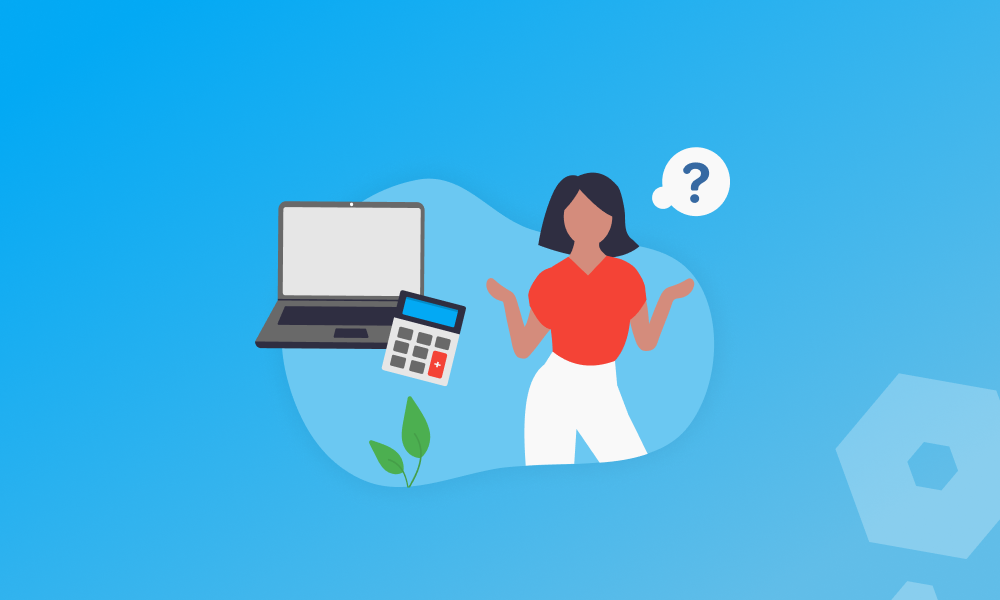You can send invoices to clients and customers in many formats, from handwritten ones, to those designed on Canva, or even presented in hieroglyphics – the list goes on. You just need to ensure your invoices follow all the legal requirements.
That said, some formats may feel too messy to use, and without robust invoicing processes in place you may find yourself sending clients incorrect invoices, or ones that aren’t up to HMRC’s standards.
The good thing about invoicing software is that it does all the hard work for you, ensuring your invoices are accurate and HMRC compliant. We’ll explore invoicing software, and whether it’s mandatory for businesses.
What are the legal requirements for sending an invoice?
Why should I use invoicing software?
Do I have to use invoicing software?
What is invoicing software?
Invoicing software is essentially a tool businesses use to generate invoices to customers.
Most invoicing software allows you to create branded invoices, track what you’ve sent, and send recurring ones without having to type out a new invoice for the same thing, or start all over again.
What are the legal requirements for sending an invoice?
Invoices need to have specific things included on them before they’re considered valid. This includes:
- A unique invoice number
- Your business name, address, and any contact information
- Your customers / clients company name and address
- A clear description of what it is you’re charging for, as well as the date the goods or services were provided
- The date you created the invoice
- The amount being charged for each item or service
- The amount of VAT you’re charging (if you’re VAT-registered)
- The total amount owed
If you’re a sole trader, you’ll also include your name and business name (if you have one) and an address where legal documents can be delivered to (this is if you’re using a business name).
Limited companies will also include the full name of the company that appears on their certificate of incorporation, along with the company registration number. In some cases, you may also need to include all of the names of your directors.
Why should I use invoicing software?
If you’ve been using the same template to create invoices ever since time began (or even if you’re brand new to running a business) then the idea of relying on unfamiliar software to produce your invoices might make you uncomfortable – but there are lots of benefits to switching things up.
The automation of invoicing software saves you time
One of the great things about the digital age in business is the fact lots of tasks can be automated. When you use invoicing software, you can set up recurring invoices depending on your schedule.
Avoid common mistakes
Everyone makes mistakes, so it’s completely normal that human-error might sometimes creep into processes and trip things up. Like those days when you check your email over before hitting send, and then realise you didn’t attach the invoice to go with it. Creating invoices manually means there’s a much higher risk of something going wrong.
Invoicing software helps minimise this risk. For example, it stops the same invoice number being used twice, helping to reduce confusion (and stress) in the future. Good software will also calculate how much VAT to add to your invoices.
Set up automatic payment reminders without having to chase customers
When running a busy business, the last thing you want to do is chase customers for payments. Invoicing software allows you to set up automated reminders that will give clients a gentle nudge (or firm prod, it’s up to you) – so you no longer need to spend so much time on the phone. You can even set polite reminders to go out before the payment deadline – helping get the money in sooner.
Do I have to use invoicing software?
In short no – your business doesn’t need to use invoicing software, but many accountants recommend it! It can be particularly useful if you’re VAT-registered, because good software will use your invoicing records to prepare your MTD VAT submissions ready to go straight to HMRC.
Under MTD rules you’ll need to store your financial records digitally if you’re VAT registered, so using software which can both send invoices and help you meet your MTD responsibilities can be a real time-saver.
Good bookkeeping software (such as Pandle!) often includes invoicing tools where you can automate the majority of the billing process. If you’re confused about where to start, you can compare different software online, or chat with your accountant or bookkeeper for more advice.
Need help with your invoicing? Check out how we can help you and create a free Pandle account today!
